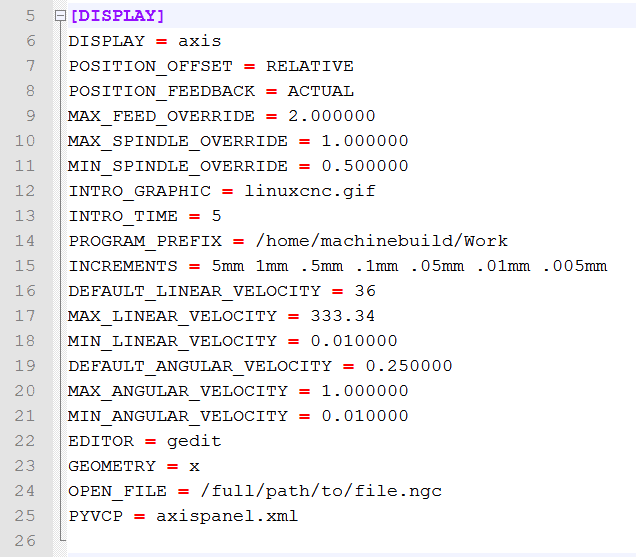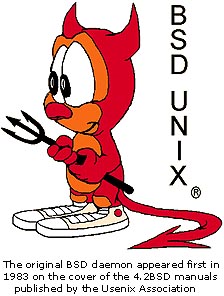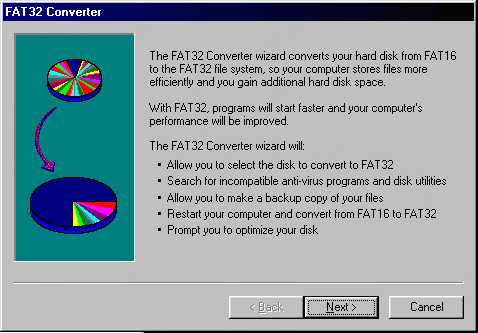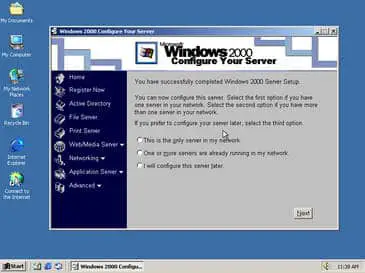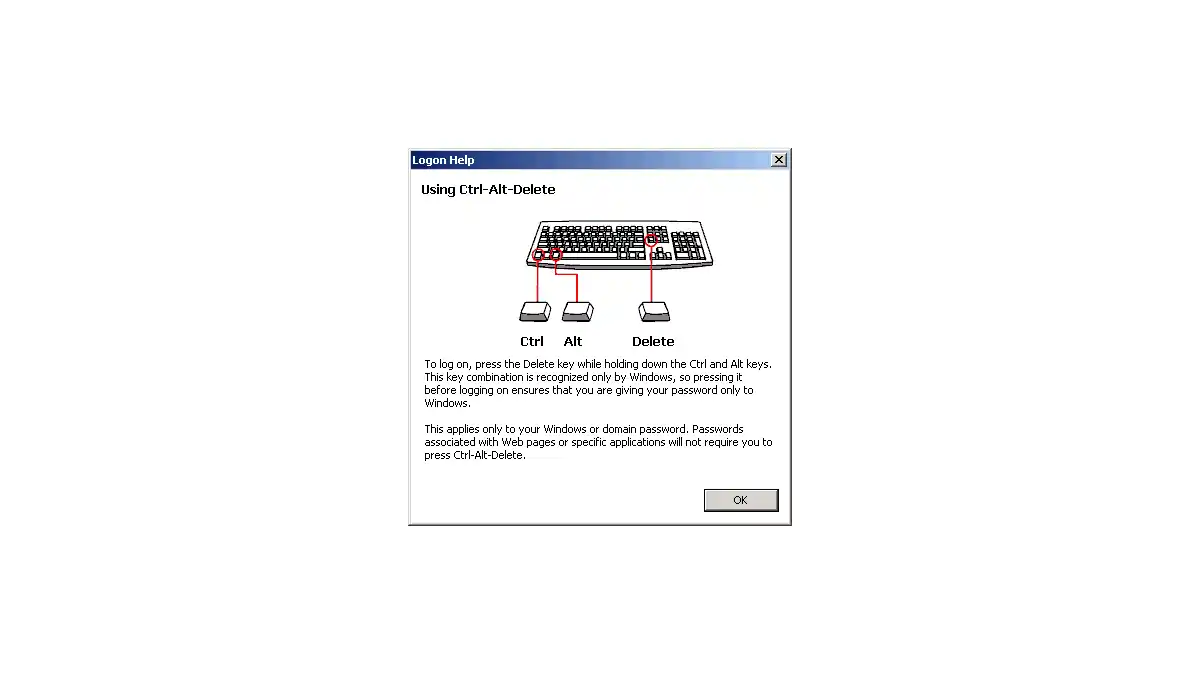Category: Software & Programming
-

Named Pipes: Bridging Processes Across Platforms
In this article, we delve into the evolution, functionality, and the pivotal role of named pipes in both Unix and Windows systems, providing a comprehensive guide that unravels their complexities and showcases their modern-day applications.
-

COM Component: An In-Depth Exploration
A COM Component, rooted in Microsoft’s Component Object Model (COM) technology, is an architectural cornerstone in the legacy of software development.
-

Understanding HTTP Keep-Alives
HTTP Keep-Alives is an enhanced version of HTTP persistent connections supported by Microsoft Internet Information Server (IIS). HTTP Keep-Alives allow a client Web browser to keep connections open with the Web server instead of closing them after the request has been answered and reopening them for each new Hypertext Transfer Protocol (HTTP) request, which consumes…
-

Incremental Backup: Streamlining Your Data Protection Strategy
Master the art of Incremental Backups. From core concepts to a detailed step-by-step guide on Windows Server, this is your ultimate guide.
-

Normal Backup: The Foundation of Data Protection Strategies
A Normal Backup is a backup type in which all the selected files and folders are backed up. Also known as full backup, this is the most secure way of backing up files and folders to tape.
